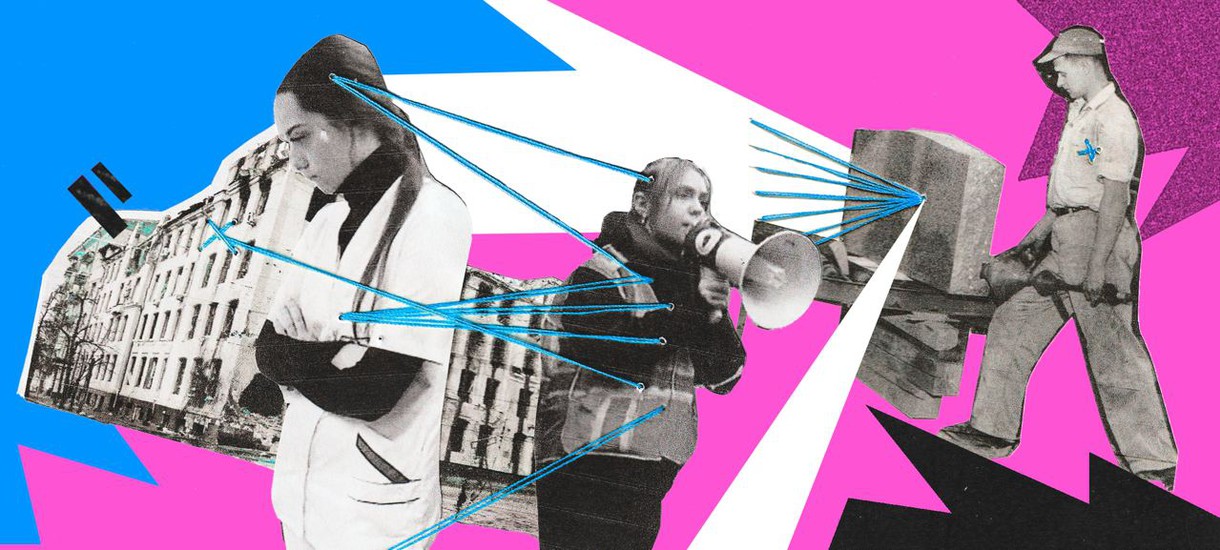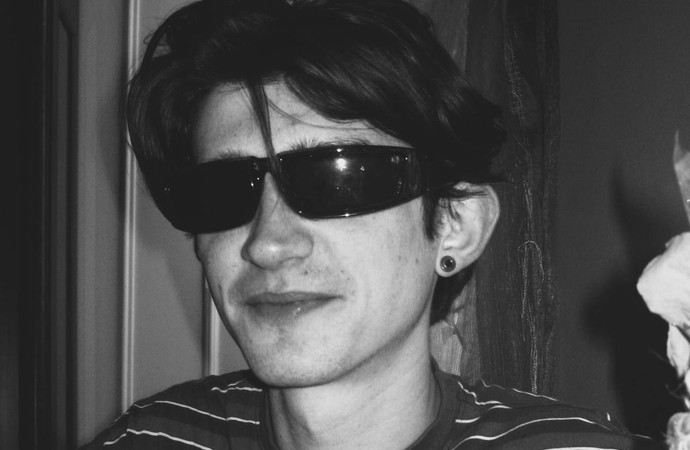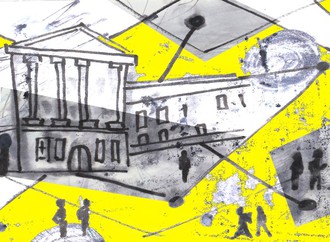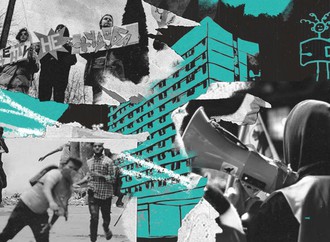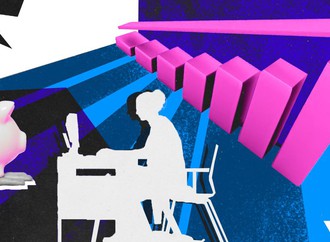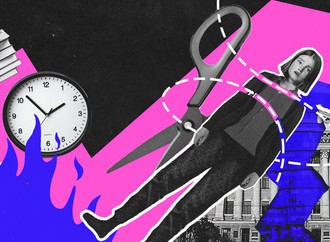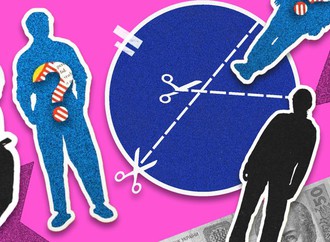Today, the problem of Ukraine's post-war reconstruction is of extreme importance. Some propose non-alternative deregulation and laissez-faire approaches for rebuilding the affected regions and reforming public institutions. On the contrary, others underline the state's role in achieving socially oriented recovery outcomes. In this article, we call for a deeper look, focusing on what fundamental changes higher education needs to undertake for it to influence not only an individual's chances in the labor market but also the very principles of production in society. We offer to reflect what changes in the content and structure of the educational process might open the way to a more efficient and, at the same time, more equitable economy.
Why do we need the education? Thoughts from another side of the globe
In 1961, in the Canadian province of Quebec, a commission that aimed to study the region's higher education system in depth was established. Alphonse-Marie Parent, a priest and pedagogical researcher, was appointed as the head of this institution. Between 1963 and 1966, a meticulous assessment of the structure of Quebec education was carried out, along with raising fundamental conceptual issues of the university's role in society. The culmination of this effort was issuing a five-volume document, one and a half thousand pages long, which summarised the study results. This document was called the Parent Report, and its publication was one of the most important moments in the province's education reform.
According to this Report, higher education has two main objectives. Firstly, it must ensure economic and social development by developing a skilled workforce with competencies well suited to the economy's requirements. Today, most enterprises, if not requiring qualifications, at least use high-tech equipment that requires minimal knowledge on the part of workers and theoretical knowledge on the part of engineers to improve this equipment.
Secondly, higher education institutions aim to shape citizens' worldviews and develop critical thinking. This involves working with cultural, philosophical, historical, and other types of intellectual heritage. In other words, the university shapes the political and social spheres of the state.
One may agree or disagree with such a definition of the university's objectives, but the scheme proposed in the Parent Report offers one of the possible frameworks for understanding the guidelines for the post-war recovery of higher education in Ukraine.
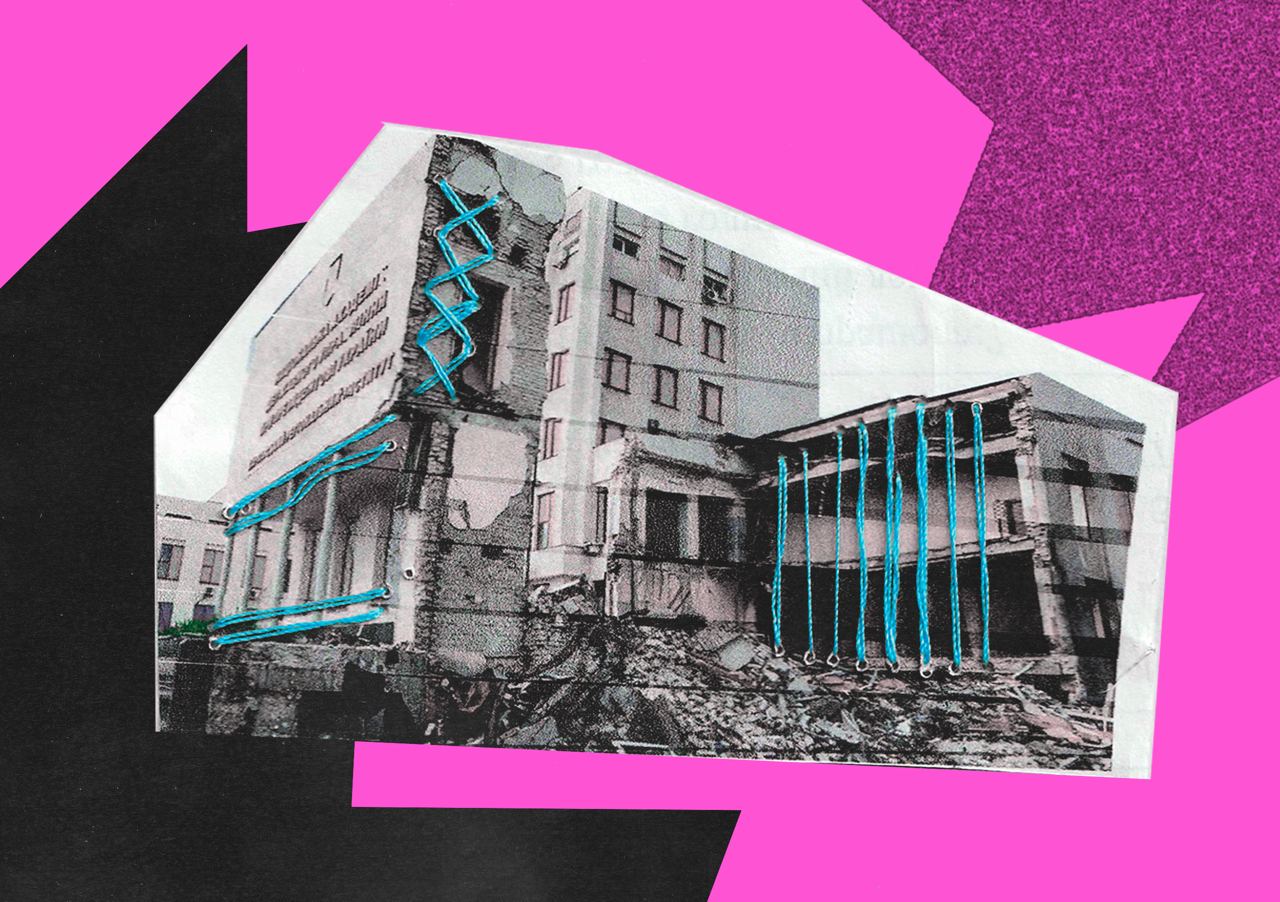
Ukrainian realities: higher education and the vicious circle of a dignified life
On the 28th of November, the website OSVITA.UA published a column written by Doctor of Economics Oleksandr Kostiuk. In the article titled How Important is Education Throughout Life? the author challenges various aspects of modern Ukrainian higher education. For Kostiuk, the starting point is to identify two key priorities for the government to achieve a qualitative recovery of the country: increasing labor productivity and the level of "human capital." Both are postulated in close connection with the functioning of Ukrainian higher education institutions. It is easily noticeable that these tasks are, in fact, those described as the main objectives of higher education according to Parent.
What do we have to deal with after two years of full-scale invasion? Citing a study by Balázs Égert, a researcher at the Organisation for Economic Co-operation and Development, Oleksandr Kostiuk says that in the period from 2022 to 2035, the human capital stock will fall by 3.5% (in particular, due to the loss of labor skills and the impact the war has on higher education), while labor productivity will fall by almost 7%. According to the survey, these indicators will reach pre-war levels around 2080.
Due to the high level of workforce migration, the issue of industrial production is especially urgent. According to a survey conducted by the Centre for Economic Strategy, an important economic factor for Ukrainian refugees to return home is the standard of living and the opportunity to find a well-paid job. It should be understood that the longer the hostilities last, the more refugees settle down in the countries they are in. Moreover, 40 percent of respondents want their children to study abroad, which reduces the chances of young people returning. Therefore, one of the factors that will increase productivity, and thereby living standards, is the eventual return to Ukraine of the youth and those eligible to work who were forced to leave due to the outbreak of a full-scale war, while the condition for their return is more favorable living standards. Is there a way to break out of this vicious circle?

Having addressed the problem, the author of the column offers a solution: the state should fully bear the burden of education in order to create an effective system of professional growth for both people who are already in the labor market and those who will soon enter it, namely young people. Such investments in higher education alone could boost the country's GDP by 1.8-2.1% by the year 2030. At the same time, Ukraine's private sector currently provides only 2% of employees with throughout-life education. In terms of this parameter, Ukraine ranks next to Ghana and Kenya. It would be naïve to hope that this will change in the future.
What conclusions can be drawn from Oleksandr Kostiuk's analysis and proposals? First of all, nowadays, the efficiency of labor and the development of production forces are the main factors of fruitful post-war recovery and, thus, the welfare of citizens.
Secondly, one of the most effective ways to increase the country's GDP is to create an effective system of throughout-life education. To do so, it is not enough to introduce sporadic events and advanced training courses; the role of higher education must be fundamentally rethought.
Since it was shown above that education should include providing lifelong education, I propose defining two criteria for the effectiveness of such a system. Each of them leads to bridging two "gaps" in the workplace, namely between administrative and executive duties and intellectual and physical labor. In the first case, there is a separation between employees and managers or executives who plan the process of production or services. The second "gap" is the one between engineers, chief medical officers, senior developers, etc., and less skilled workers.
In both cases, the growing division between these parties may decrease the efficiency of the enterprise, as in the situation when project managers in an IT company do not specialize at all in writing code, while the influence of developers on the management process decreases. As a result, we have examples of companies where programmers, firstly, complain about the incompetence of management, which in turn results in poor decisions. Secondly, the developers lose interest in their work since they are involved in one-hundredth of the final product. This is confirmed by surveys, which show that many IT employees work only 50% or 40% of the time set by their employer and falsify their work for the remaining time, leading to the implementation of additional measures to increase efficiency. This situation, which has a negative impact on economic development, can be found in many workplaces.
Increasing labor efficiency and labor humanization – two perspectives
There are at least two main reasons for interest in the labor division and how it affects the organization of the economy and society: the humanization of labor and the increase in enterprise efficiency.
In an increasingly complex process of producing goods – especially high-tech ones – the requirements to be met are often fulfilled by fragmenting the functions performed by employees. As early as the beginning of the twentieth century, the problem of the mechanical aspect of work was raised theoretically and artistically, particularly in a sarcastic way. For instance, an episode from Charlie Chaplin's 1936 film Modern Times ridicules the frenzy of factory workers who spend all day tightening nuts on a conveyor belt and deserves a mention. The concepts of "dehumanization" and "alienation," which result in demotivation and burnout, have become essential tools for criticizing the organization of social life, especially today when high technology is taking over the narrowest gaps in executive tasks.
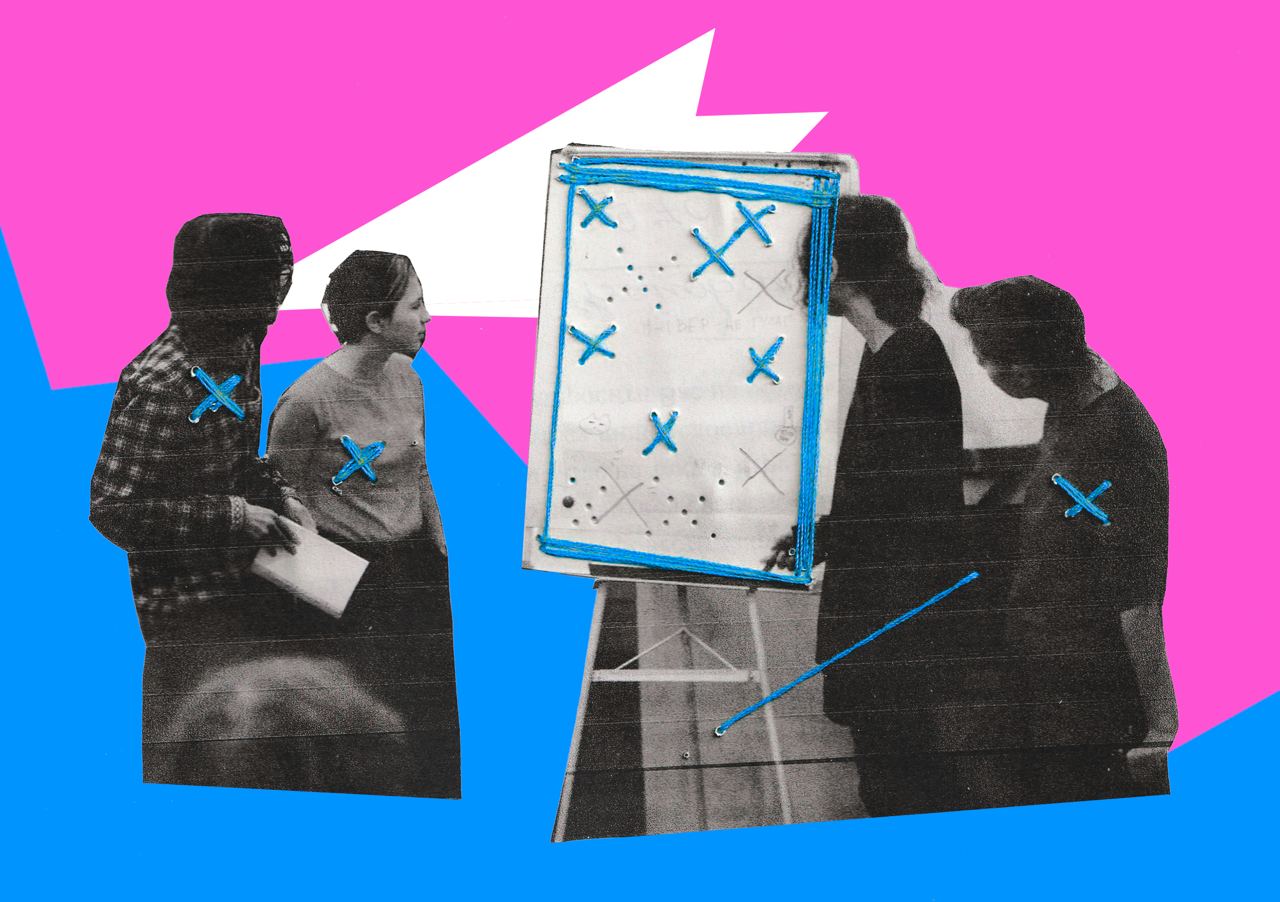
In his book Intellectual and Manual Labor: A Critique of Epistemology, German economist and philosopher Alfred Sohn-Rethel delves into various topics, including a scathing critique of scientific management in industrial production. He examines its effects on the so-called "social synthesis," the ability of social relations to form a single whole. Sohn-Rethel's analysis starts from the premise that the division of labor is a characteristic feature of exploitative systems. The division of management and executive responsibilities fragments the production process and reduces its efficiency to technical methods of organization of the workplace, which are designed to subordinate labor to the power of machinery:
"The unity of measurement can either be one of the subordination of labour to the machinery or it can take the shape of the subordination of the machinery to labour. It must be one of the two; it cannot remain indifferent to this alternative. Under capitalist management, of course, the first is taken for granted, the assumption being that the workers, while working as a combined force with their hands, in their minds remain divided in conformity with their pay-packets. For the contrary case to become possible, the minds of the workers should be set in conformity with the compound character of their combined labour".[1]
For Sohn-Rethel, overcoming such a work organization that makes employees perform micro-tasks and makes it impossible to implement spontaneous improvements from the "lower levels" while also building the infrastructure for employees to understand the complex production process is the basis for progressive and democratic transformations.
A very similar challenge of the alienation of labor and its "one-dimensionality" arose in the 1960s. Several radical economic and political experiments took place, including the 1968 strike at the Pirelli factory in Italy, where workers seized the factory building and established alternative production standards to meet humane ideas about work. Another example is the massive training of factory workers at Chinese universities during the Cultural Revolution as part of a campaign to overcome the labor division, where, among other things, three-in-one groups were introduced at enterprises, which included one person from the workforce engaged in physical labor, one technician and a representative of the staff (management). Such micro-teams formed a unit of the production process, engaging one another in tasks that were atypical for their position.[2]
In addition to the humanization of work, bridging the gap between types of labor can help increase production efficiency. The deepening of this gap increasingly pushes workers out of decision-making processes, thereby destroying the innovative potential from "lower levels."
In the year 1969, a group of American activists conducted anthropological research that resulted in the book The American Worker. In an article from this book, "Life in the Factory", an employee of General Motors, Paul Romano, describes his living conditions and experience in the workplace. Among the vivid descriptions of strikes and discipline, the author often complains about corporate bureaucracy, which sacrifices efficiency in favor of "subordination and control over the worker."
"For Romano, workers would be more efficient and therefore more productive if they had more opportunities to express their creativity in the execution of work tasks. He acknowledges that, to some extent, workers can express this creativity. They can do so through experimentation with machines [...] But the division between manual and mental labor in the factory limits such expression, ultimately compelling workers to channel their creativity elsewhere." [3]
Today, we have successful examples of engaging workers in decision-making. These examples indicate that such practices stimulate efficiency and reduce social and class tensions. One such example is the ringi system in Japan. The decision-making process is preceded by a complex mechanism of finding consensus at all enterprise levels. Thus, despite the rather prolonged decision-making process, the quality of information exchange is improving from the lowest level to the highest.
However, the most significant impact on production has been made by introducing product quality inspection groups, which involve engineers and every eighth lower-level worker. Responsibility for the initial quality is shared between engineers, who have limited access to the final product, and workers. As a result, numerous suggestions from workers were taken into account and implemented, which greatly contributed to quality improvement. According to the French economist Thomas Piketty, such a system was one of the factors why Japanese cars became competitive with the American ones in the 1970s.[4]

Undoubtedly, transformations of the labor process do not solve the fundamental problems of societies based on the capitalist mode of production or, as Étienne Balibar would put it, its articulation with others. The growing level of exploitation that quite often interferes with normal life – a common situation where there is always a lack of something - and makes it impossible, for example, to rent appropriate accommodation, buy food, get an education, etc., as well as shifting reproductive functions to individual households, these things are not "failures" in the economic and social model of capitalism, but its permanent results.
Management changes at single enterprises will not solve these problems, and it is also frivolous to wait for global political transformations in the hope that new approaches will appear naturally. It is necessary to look for alternative methods of organizing society today; "the material conditions of their existence have matured in the womb of the old society itself." Such practices form the core of new social and production relations. Thus, today's task of the political left may be to organize these centrifugal practices and to experiment politically with new forms of horizontal cooperation. Successful examples or, on the contrary, the structural barriers of capitalism that make it impossible to implement these emancipatory approaches can set the horizon of struggle and stimulate progressive popular forces to political action.
Since today's effective post-war recovery is both a serious challenge and a space for innovation in production, these abovementioned theoretical and practical developments may serve as models for Ukraine's future. However, what role is played by the university and education in this process?
The role of the university
All the above proposals and experiences are mainly related to production and do not consider third-party means of involving employees directly in management processes. Yet today, particularly within high-tech industries such as IT, involvement in management often requires additional qualifications that go beyond direct participation in the field of work. This is the function that Ukraine's new postwar higher education can take over. So the question that needs to be raised today, particularly by students, is what kind of higher education system can contribute to eliminating the division of labor?
Let's say the state should be responsible for creating and maintaining such a system. The figure of 2% of workers provided with education by private enterprises during their employment is a sign that the free market cannot perform this task. Businesses, which are always guided by a short-term vision, are unable to improve the skills of the workforce and develop high-quality professional education. From this point of view, the free market is not contributing to the achievement of such goals.
The university itself should have a dual character. On the one hand, the university acts as an institution that produces knowledge, with an emphasis on production rather than knowledge. The practical application of theoretical models, theorems, or entire theories is always secondary to the predominant scientific "wandering."
On the other hand, however, the university should help to break down the division of labor. Providing life-long education for workers will enable them to take on management roles or perform the duties of more qualified colleagues, therefore blurring the opposition in the workplace. Consequently, applied, professionally oriented disciplines should be part of the higher education curriculum, along with close communication and interaction between students of different fields.
All of this implies establishing an inseparable bond between the university and the industrial sector, through which students can acquire practical skills at the enterprise, and employees can improve their skills. Such a connection should not be limited to a formal one-time student internship or a decennial requirement given by employers to employees. It should be organically designed and supported by the state and society.
The above-described dual model of the university is a broad conceptual scheme that requires discussions to be held with students with their voices, educators, and workers in both raw materials and high-tech industries. The main thing that needs to be understood today is that serious problems existed even before the full-scale invasion and have only become more critical since then. Migration, the demographic crisis, inefficient production, and the physical destruction of businesses all seem to make a bright future impossible. A radical higher education reform may be seen as an alternative and emancipatory perspective. This reform could be used to shape the silhouette of a successful postwar Ukraine and offer a model for a new and more democratic society.
Footnotes
- ^ Sohn-Rethel, A. (2020). Intellectual and manual labour: A critique of epistemology. BRILL.
- ^ Bettelheim, C. (1974). Cultural Revolution and industrial organization in China: Changes in management and the division of labor.
- ^ Hoffman, M. (2019). Militant acts: The role of investigations in radical political struggles. SUNY Press.
- ^ Levitan, S., & Werneke, D. (1984). Worker participation and productivity change [Review of Worker participation and productivity change]. In Productivity: Problems, Prospects, and Policies. The Johns Hopkins University Press.
